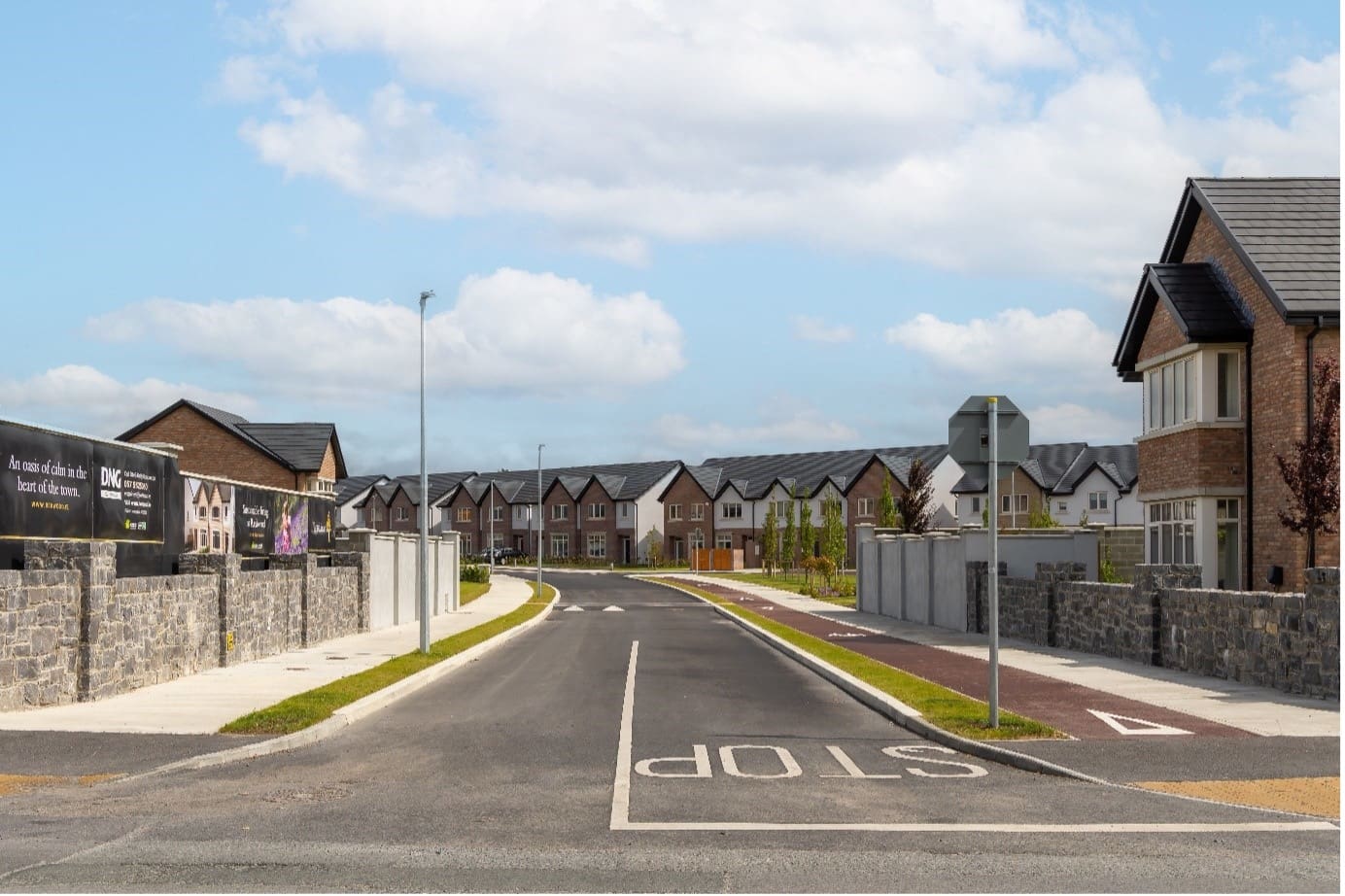Pioneering Pedestrian Solutions

Pedestrian Improvement Schemes
Pedestrian Improvement Schemes play a pivotal role in enhancing the safety, comfort and accessibility of walking as a mode of transport. Beyond these benefits, they contribute to the overall liveability and appeal of an area, alleviating traffic congestion, emissions, and fostering health and well-being.
However, it’s crucial to recognise that such schemes can also have significant impacts on the existing road network, especially at junctions where different modes of transport interact. Hence, a thorough traffic assessment and junction analysis is imperative to evaluate the effects of the proposed schemes on the traffic flow, capacity, delay, queue and level of service of the road network.
A recent illustration of these schemes comes from the heart of Ireland, in Kilkenny. This project forms a vital component of a broader initiative, aimed at promoting active travel and sustainable transport in the county. The proposal included alterations to two key bridges: Graiguenamanagh bridge and Gore’s bridge. These adjustments transition them into one-way lanes and introduce dedicated footpaths along the bridges. Both structures span the River Barrow, a popular recreational and tourist destination in the region.
This transformation promises to enhance pedestrian connectivity and safety across the river. However, it isn’t without its implications for the existing road network. Thus, a thorough traffic assessment and junction analysis became a fundamental requirement to evaluate the potential effects on the local road network.
Traffic Analysis
This traffic analysis was undertaken by ORS, employing the industry-standard software Junctions 9 to model both the existing and proposed scenarios within the project area. Calibration and validation of the model were executed using robust traffic data collected from the project area, such as traffic counts, speeds and delays.
Leveraging the Junctions 9 model, ORS methodically assessed the impacts of the pedestrian improvement schemes on the traffic performance of the road network. This entailed a comparative analysis of key indicators such as capacity, delay, queue, and service levels across existing and proposed scenarios for different time periods and tested the sensitivity of the results to various factors, such as signal timings, traffic growth and traffic diversion.
Findings
The findings were presented by ORS in a clear and concise report, which included tables, graphs, maps and Junctions 9 results. ORS also provided recommendations and suggestions for further improvements and refinements of the proposed schemes. Armed with this knowledge, the project team navigated the delicate balance between enhancing pedestrian facilities and the area’s overall quality, while minimising the adverse effects on the traffic flow and the road users.
The completion of the pedestrian improvement schemes in Kilkenny marks a significant milestone in advancing urban active travel and sustainability. ORS’s dedication to enhancing traffic engineering solutions extends beyond Kilkenny. With a proven track record spanning three decades, ORS boasts a team of qualified traffic engineers who stand poised to continue shaping the future of traffic engineering solutions, solidifying its reputation as the go-to partner for projects of all scopes and scales.
If you require a meticulous traffic assessment or junction analysis for your project, reach out to Infrastructure Lead, Adam Price today. Discover how they can empower you to achieve your objectives, while contributing to the creation of a more sustainable and vibrant community.
